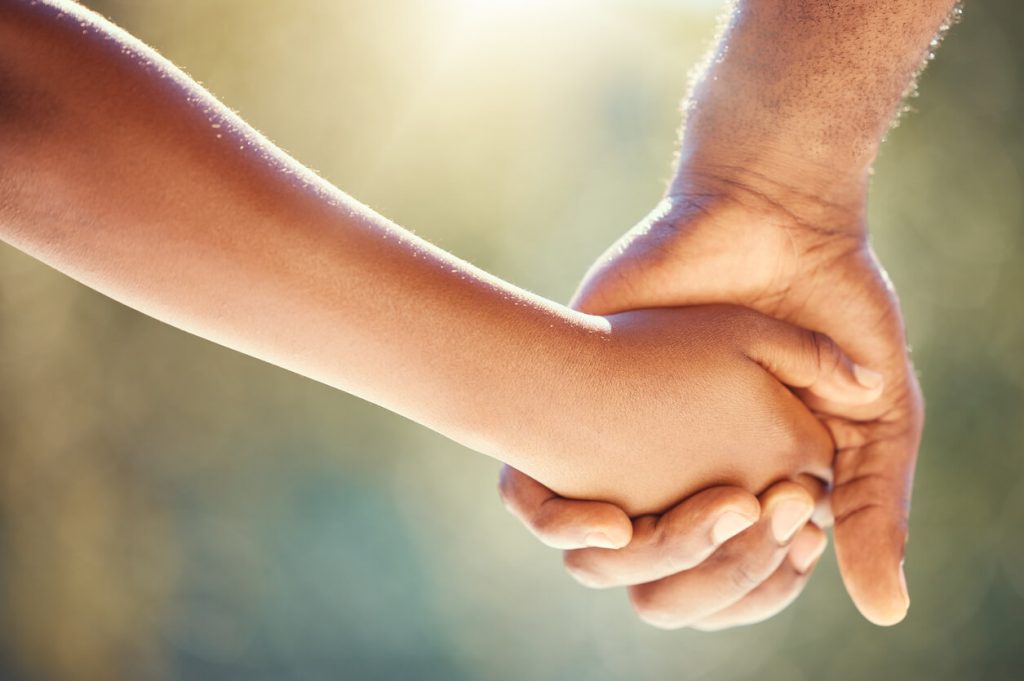The social networking phenomenon is accelerating at record speeds and isn’t likely to slow down any time soon. Research shows that 9-to-17-year-olds report spending almost as much time using social networking services like MySpace, Facebook, and other web sites as they spend watching television. Among teens, that amounts to about 9 hours a week on social networking activities, compared to about 10 hours a week watching TV.
So how is online socializing affecting the social habits of young people today?
Before we rush to judgment, 9 hours of online socializing plus 10 hours of TV doesn’t necessarily equal 19 hours of being a couch potato. Online socializing can be a highly creative venture. Almost 60% of social network users are talking about educational topics online, and 50% are talking about school work. Indeed, academic institutions from primary education to the university are seeing the value of social networks and their use in the classroom. Teens are creating and sharing virtual projects, collaborating, sending suggestions to other web sites, submitting articles, create polls, quizzes, and online surveys. Social networking has become a digital canvas for teens to think and act creatively.
But with the amount of time a teen is likely to spend online, are we facing a new cultural addiction or compulsion among young people? When one thinks of online addictions, often pornography and gambling are the first things that come to mind. There are several varieties of Internet addiction.
. . . .
Internet Addiction?
To be accurate, Internet Addiction Disorder (IAD) is not a classified addiction in the DSM (Diagnostic and Statistical Manual of Mental Disorders). Psychiatric experts have debated whether the Internet should be classified a true addiction. Some believe “Internet Addiction” is not an inappropriate label. The Internet is a social medium, an environment, and people cannot technically be addicted to an environment, only what the environment provides. Online gamblers are not addicted to the Internet, they say: they are addicted to gambling, and the Internet is the medium they use. Online pornographers are not addicted to the Internet, they say: they are addicted to pornography.
Addiction is a compulsive need for and use of a habit-forming substance. The Internet may be the provider of that substance, and to be accurate, we are necessarily addicted to a provider. Nonetheless, the word “addiction” is a helpful word for our purposes here. The director of the Computer Addiction Study Center at Harvard’s McLean Hospital has stated that between 5% and 10% of Web surfers develop a “Web dependency” and experience the same types of cravings and withdrawal symptoms as other addicts. If the technicalities bug you, then simply replace the word “addiction” with “compulsion” or “dependency.”
Sue Scheff, founder of Parents Universal Resource Experts, lists a number of indicators and warning signs that a teen may be addicted to the Internet, including:
- Feelings of intense happiness and euphoria while using the Internet, and feelings of depression, anxiety or irritability if away from the computer
- Cravings for the Internet – Never having enough time with it
- Neglecting family and friends – spending more time with the computer and less time doing activities previously enjoyed
- Lying about what they are doing while online
- Complains of dry eyes, headaches and/or backaches
- Changes in eating habits such as skipping meals or over-eating
- Problems with sleep
. . . .
Replacing Solitude?
We’ve never been more connected than we are today. With the virtual world at our fingertips, we are never out of things to do: blogging, chatting, posting pictures, sharing videos, music, creating virtual characters, etc., etc.
In a humorous effort to invite habitual social networkers to schedule times away from the World Wide Web, the site NOSO (no social-networking) has been launched. People can plan intentional times to be away from their computers and cell phones and unplug from the world of online communication. Who needs NOSO? They report:
“As someone who’s online 24/7, you have a lot to keep up with. When you’re not blogging, you’re vlogging. When you’re not vlogging, you’re podcasting. When you’re not podcasting, you’re Skyping, texting, IMing, dating, trading, sharing, subscribing, downloading, updating, linking, approving, adding, checking, sending . . . I think you get the picture.”
. . . .
Replacing Face-to-Face?
According to Dr. Kimberly Young, founder of the Center for Internet Addiction Recovery, one of the biggest areas of Internet addiction is cyber-relationships. This includes addictions to things like chat rooms, IM, or social networking sites (such as MySpace, Facebook, Friendster, Xanga, Bebo, hi5, LiveJournal, Yahoo! 360° and many others).
For many, cyber-relationships have become a normal part of their daily routine. Many can testify to the benefit of social networking on the Internet. It can result in enhanced communication across geographical boundaries. It can help network people of like interests and causes. Sometimes social networking sites are designed to be just a first step to people meeting face-to-face and generating healthy relationships (such as eHarmony). But what happens when cyber-relationships go no farther than the computer screen? What happens when online engagement is so excessive that it results in a lack of healthy engagements in other areas of life?
While many people do not make cyber-interactions there whole life, some do. When we turn to the computer for true intimacy there is a problem. Many users of social networking sites can spend multiple hours every day talking with friends and making new contacts.
People turn to the Internet because there they can find their own online Cheers: a place where everybody knows your name and they’re always glad you came. Unfortunately the Internet is not a good training ground for young minds to practice the basics of healthy social interaction, especially when it becomes the basis of our relational lives.
- Real relationships take time and sacrifice. The Internet community offers an easy-click-away model to relationship building. Why go through the time-consuming process of meeting someone face-to-face when I can do it all from the comfort of my home?
- Real relationships are built on honesty and integrity. In the Internet community, if something goes sour, you can simply delete your profile or username and start over.
- Real relationships are about knowing others and being known. The Internet provides a formidable barrier of protection from being truly known.
- Real relationships involve kenesics (interpreting body language, posture, touch, facial expressions, eyes, and gestures) and understanding tone of voice. When someone is expressing themselves to another person, expressing their attitudes and feelings, people respond based on a number of factors. The actual words we use comprise only 7% of self-expression. The Internet trains the mind to respond not to people as they actually are, but on digital facsimiles, made up of profiles, blogs, and the best personal photos that person can muster up.
To make the world of online socializing more like real life, a 3D virtual chat room called Vivaty has just been launched. The NY Times reports,
“Vivaty turns a flat profile page into a three-dimensional live chat room. Users choose characters to represent themselves from a list of preternaturally handsome avatars—a requirement for any such service—and proceed to one of a dozen environments, like a gothic urban warehouse or seaside villa. With videogame-like precision, they can then navigate that virtual space, which may feature their Facebook photos hanging from the walls and a YouTube video playing on a widescreen TV. Up to 15 others can choose avatars and enter the same room at the same time for text-based live socializing.”
. . . .
A Place for Friends?
The MySpace tagline is “a place for friends.” While most people see social networking as an extension of the friendships they share in their real lives (lives not spent in front of the screen), some may be slowing sinking into a virtual world where friendship is being entirely redefined.
Parents can do a couple things to help their tween or teen achieve a balance. First, be aware of some of the signs of overuse of the Internet. Second, limiting time spent online can certainly be helpful, but kids may also need some suggestions doing something different. Suggest they use social networking as a means to an end—the end being generating real face-to-face relationships with their peers.






